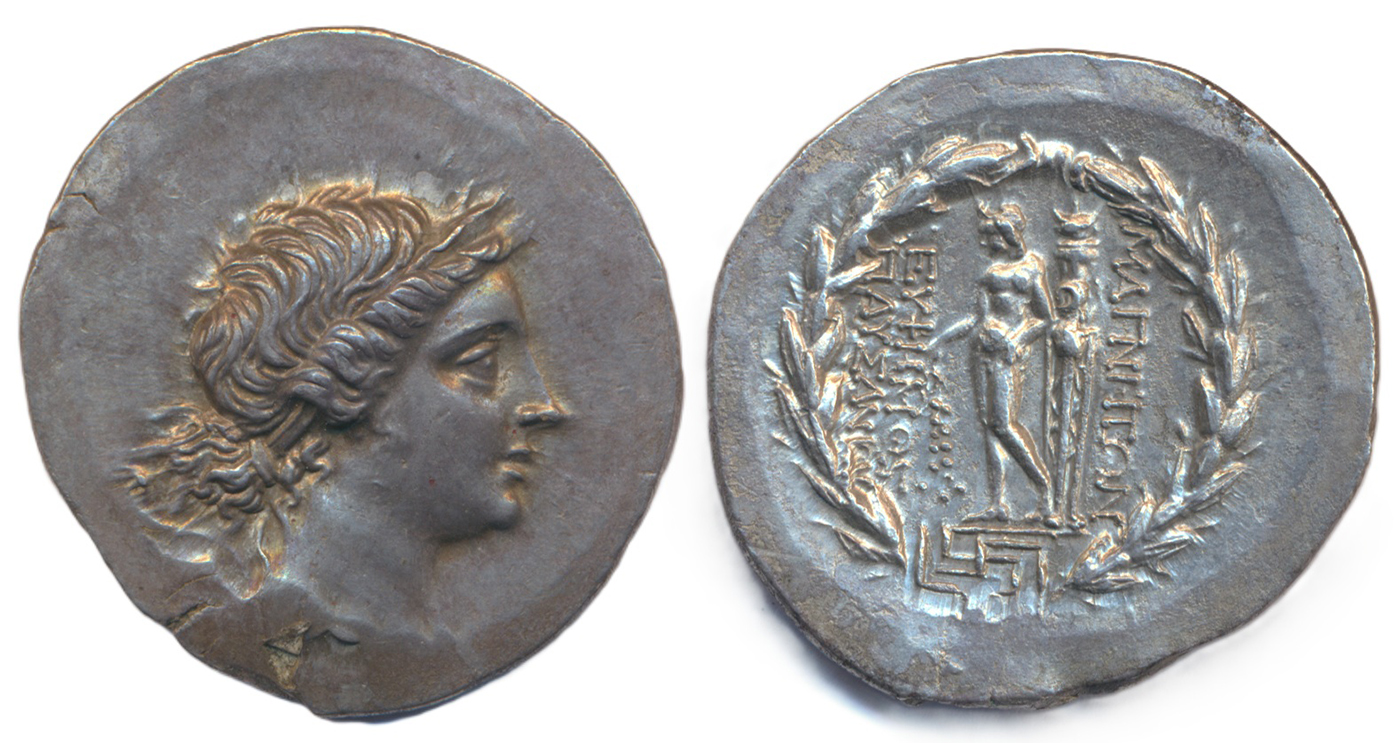
3rd December 2025
Stunning Ancient Coins collection to be offered in our 10th December 2025 auction!
Read More

27th November 2025
Claire House Children's Hospice
Read More

20th November 2025
All Clap for Clarke!!
Read More

13th November 2025
Claire House Children's Hospice
Read More

31st October 2025
Claire House Children's Hospice
Read More
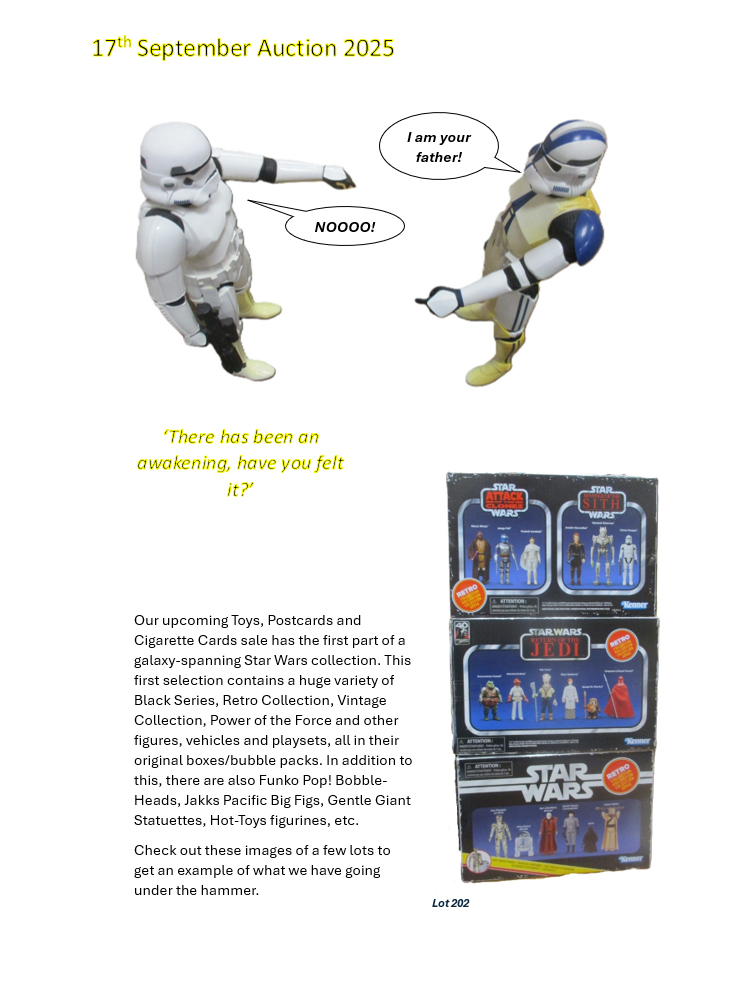
17th September 2025
‘There has been an awakening, have you felt it?’
Read More

1st September 2025
Saturday 13th September open hours.
Read More
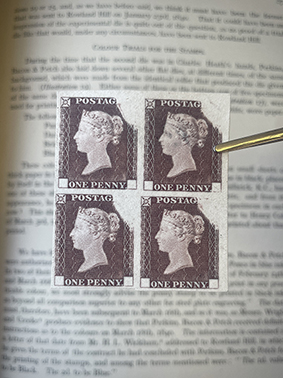
10th July 2025
The ‘Rainbow’ Colour Trials
Read More

16th May 2025
Temporary Power Disruption
Read More

14th March 2025
Donation to the Samaritans
Read More

20th February 2025
Open Day Saturday 15th March 2025
Read More
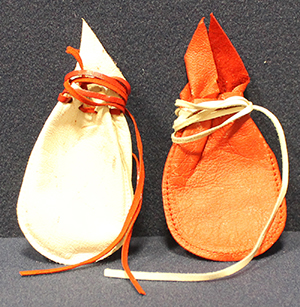
19th February 2025
Latest News....Maundy Money Ceremony
Read More
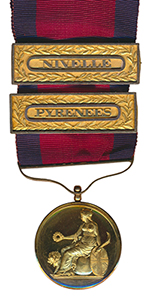
19th February 2025
Army Gold Medal to be offered in our 19th February 2025 auction.
Read More
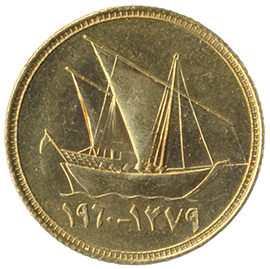
18th February 2025
1960 Kuwait 3 dinar
Read More
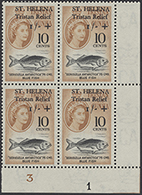
3rd January 2025
Happy New Year from Warwick & Warwick!
Read More

18th December 2024
Claire House Children's Hospice
Read More
- Company No. 01555455
- VAT No. GB185018801
- Warwick & Warwick Ltd 2025

